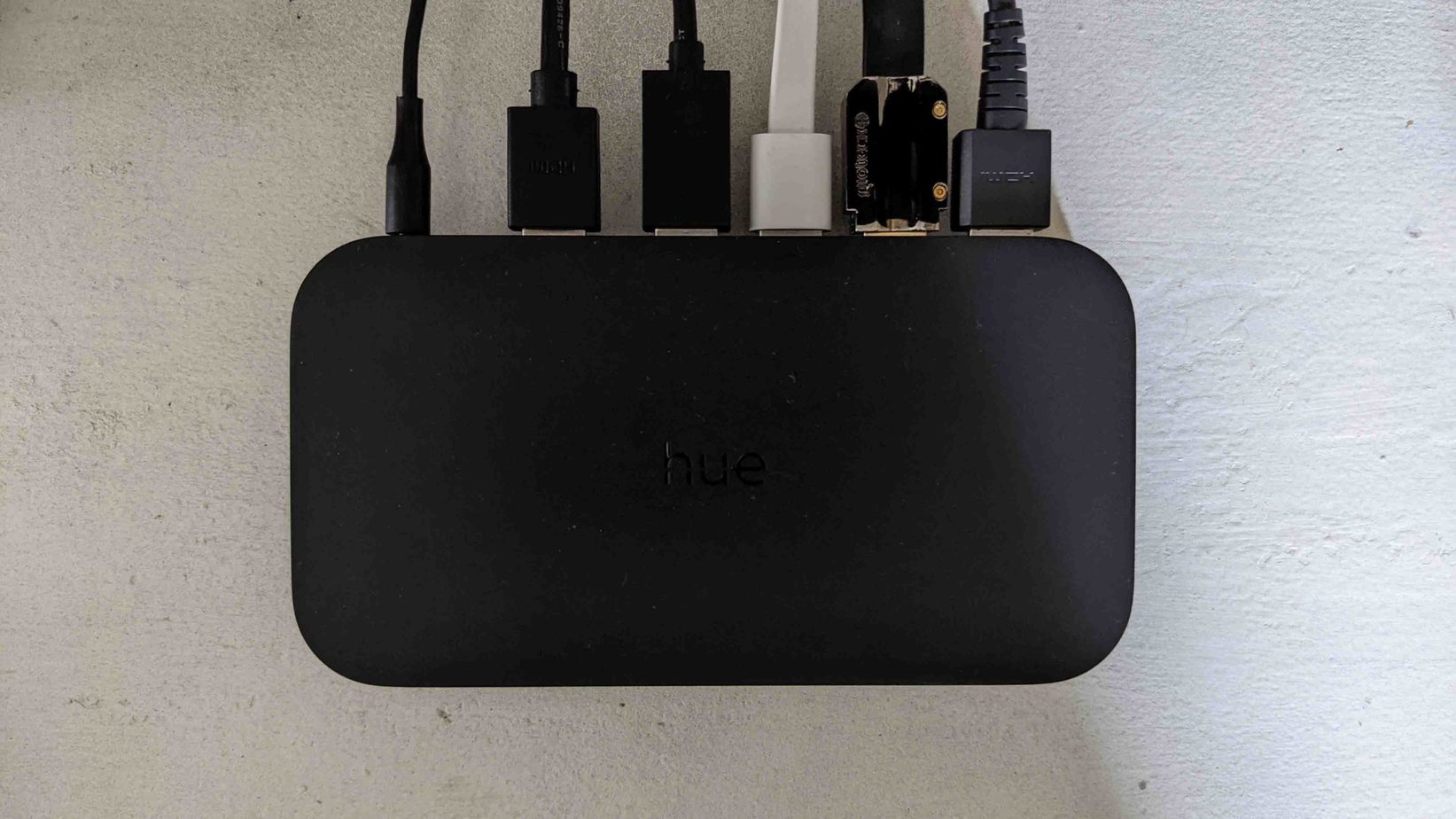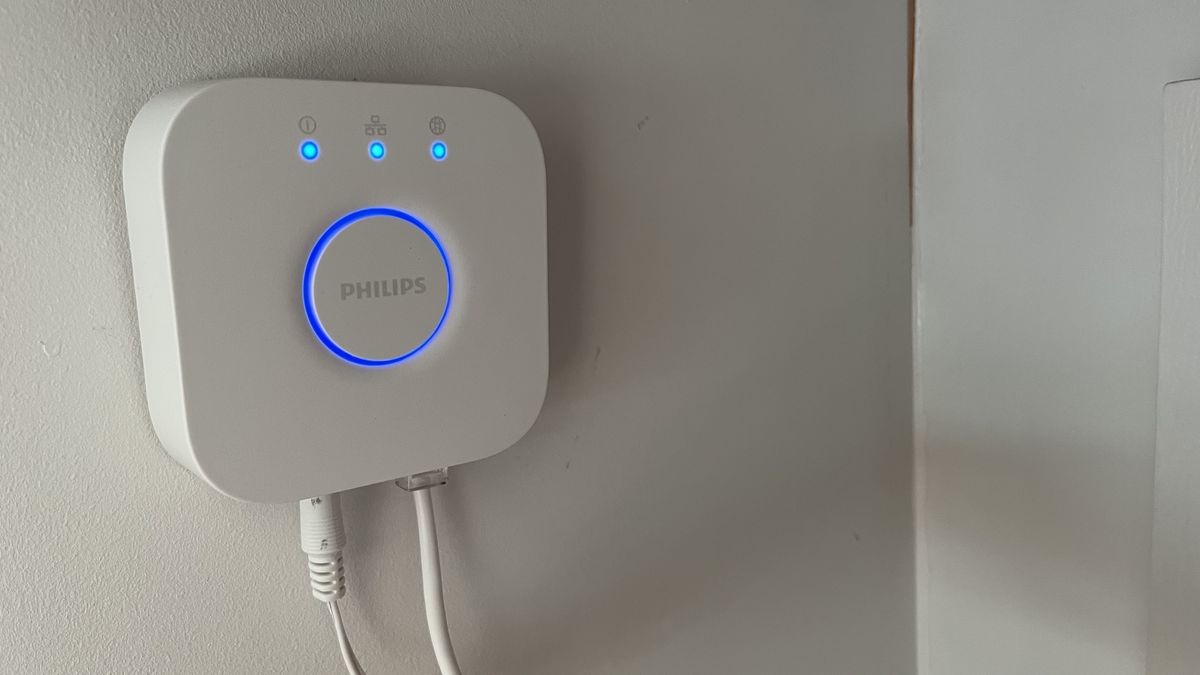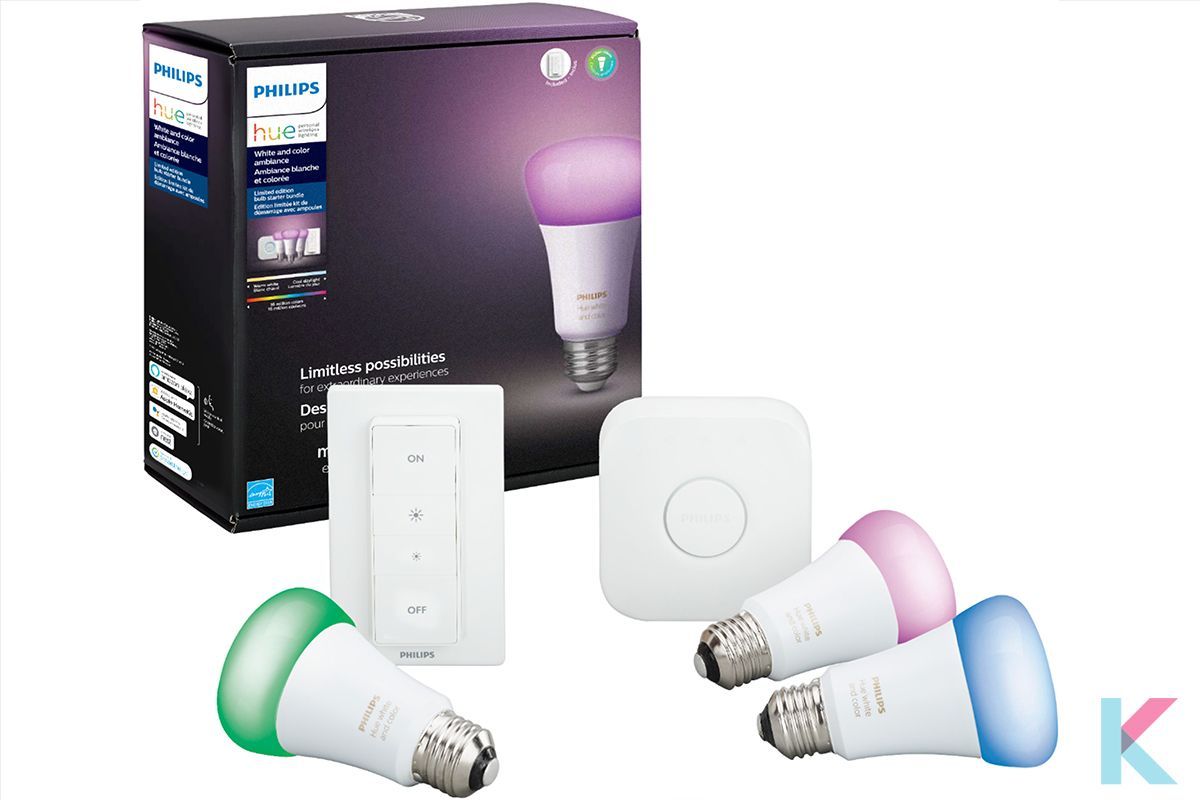Philips Hue WiFi is not just a lighting solution; it’s a revolutionary approach to smart living that seamlessly blends technology and convenience. Imagine a world where your lights adapt to your lifestyle, enhancing your mood and energy efficiency with just a tap or a voice command. This innovative system offers a myriad of features, making it the go-to choice for anyone looking to elevate their home automation game.
From effortless installation to robust customization options, Philips Hue WiFi empowers users to create the perfect atmosphere in every corner of their home. Its integration with existing smart home systems and versatility in control options further solidify its status as a leader in the realm of smart lighting.
Philips Hue WiFi Overview

Philips Hue WiFi is a revolutionary smart lighting system that enhances both the ambiance and functionality of your home. By harnessing the power of WiFi, it allows users to control their lighting effortlessly through smart devices, creating customizable environments tailored to individual preferences and routines.
The core features of Philips Hue WiFi include a vast array of smart bulbs, light strips, and fixtures that can be easily managed through a dedicated app or voice commands. The bulbs come in various colors and shades of white, giving users the flexibility to set the perfect mood for any occasion. Additionally, Philips Hue WiFi supports integration with other smart home devices, making it an integral part of a connected living space.
Advantages of Using Philips Hue WiFi for Smart Lighting
Utilizing Philips Hue WiFi for smart lighting presents several advantages that significantly enhance the user experience.
- Energy Efficiency: Philips Hue bulbs use LED technology, which consumes less energy compared to traditional bulbs, leading to lower electricity bills.
- Customization: The ability to customize brightness and color allows users to create personalized lighting scenes that suit various activities and moods.
- Remote Access: Users can control their lighting from anywhere via the Philips Hue app, offering convenience and peace of mind, especially when away from home.
- Automation: Scheduling features enable lights to turn on and off automatically based on user preferences or daily routines.
- Voice Control: The system is compatible with major voice assistants like Alexa, Google Assistant, and Apple HomeKit, allowing for hands-free operation.
Integration with Home Automation Systems, Philips hue wifi
Philips Hue WiFi seamlessly integrates with various home automation systems, enhancing overall smart home functionality.
This integration allows users to synchronize their lighting with other devices around the home, creating a cohesive smart environment. For instance, Philips Hue can work in tandem with smart thermostats to adjust lighting based on indoor temperatures, or with security systems to illuminate pathways when motion is detected.
Key integration capabilities include:
- IFTTT (If This Then That): Users can create custom automation rules that link Philips Hue with different web services and devices.
- Smart Home Hubs: Philips Hue connects with hubs like Samsung SmartThings, enabling further device coordination and control.
- Geofencing: Lights can automatically adjust based on the user’s location, providing added convenience when arriving or leaving home.
- Compatibility with Other Smart Devices: The system can integrate with various sensors, switches, and other smart appliances to create a comprehensive home automation experience.
Installation and Setup

Setting up your Philips Hue WiFi lights can transform your living space into a smart, vibrant environment. With easy-to-follow instructions and the right equipment, you’ll be enjoying your new lighting system in no time. This guide will walk you through the installation process, from the necessary gear to troubleshooting common issues.
To successfully install Philips Hue lights, you need to ensure you have the right equipment and follow the steps carefully. The primary components required for installation include:
- Philips Hue bulbs (compatible with your fixtures)
- Philips Hue Bridge (acts as the hub for your lights)
- A stable WiFi network (2.4 GHz is preferred)
- A smartphone or tablet (for the Philips Hue app)
- Light fixtures that support the Philips Hue bulbs
Step-by-Step Setup Process
Installing Philips Hue lights involves several straightforward steps. Follow these steps to ensure a seamless setup:
- Begin by installing the Philips Hue bulbs into your light fixtures. Ensure the power is off during this process to avoid any electrical hazards.
- Connect the Philips Hue Bridge to your WiFi router using the Ethernet cable provided in the package. Plug the power adapter into a wall outlet to power the Bridge.
- Download the Philips Hue app from the App Store or Google Play Store on your smartphone or tablet.
- Open the app and create an account or log in if you already have one. The app will guide you through connecting to the Hue Bridge.
- Once the app detects the Bridge, follow the on-screen instructions to add your Hue bulbs. This usually requires you to press the button on the Bridge to pair it with your bulbs.
- After the bulbs are added, you can customize their settings, such as brightness, color, and automation features.
Troubleshooting Installation Issues
Even with a straightforward setup process, you might encounter some common issues. Here are tips to help you troubleshoot:
- Bulbs Not Detected: Ensure that the bulbs are securely installed in the fixtures and powered on. If they still do not connect, try resetting them by turning the light switch off and on five times in quick succession.
- Bridge Not Connecting to WiFi: Verify that your Bridge is connected to the router and that the network is functioning. Restart both the Bridge and your router if the connection fails.
- App Not Responding: Close the app completely and restart it. If the problem persists, check for any available app updates or reinstall the app.
“Proper installation and setup are crucial for maximizing the benefits of your Philips Hue lighting system.”
With these guidelines, setting up your Philips Hue WiFi lights will be a straightforward and enjoyable experience, allowing you to create the perfect ambiance in your home with minimal hassle.
Customization and Control

The customization and control of Philips Hue WiFi lights provide users with unprecedented flexibility in managing their home lighting environment. The Philips Hue app serves as the central hub for personalizing lighting settings, creating tailored schedules, and exploring various control methods, enhancing both convenience and ambiance in any space.
Customizing Philips Hue Settings via the App
The Philips Hue app offers a user-friendly interface for adjusting various settings to suit individual preferences. Customization includes changing the color, brightness, and scenes of the lights. Users can easily access these features within the app by following these steps:
1. Launch the Philips Hue app on your smartphone or tablet.
2. Select the desired room or light you wish to customize.
3. Choose from a palette of colors or pre-set scenes designed for different moods and activities.
4. Adjust brightness levels using the slider for optimal illumination.
The app also allows for the creation of personalized scenes, where users can combine multiple lights with specific color schemes and brightness settings to achieve the desired atmosphere. This feature is particularly useful for occasions such as movie nights or dinner parties, where lighting can significantly impact the overall experience.
Creating Lighting Schedules and Routines
Establishing lighting schedules and routines is a powerful functionality of the Philips Hue system that enhances daily convenience. Users can program their lights to turn on or off at specific times, simulating natural light patterns or aligning with daily activities. The process is straightforward:
1. Open the Philips Hue app and navigate to the “Routines” section.
2. Choose from available routine options: Wake Up, Go to Sleep, or Custom.
3. Set the specific time for the routine to initiate, and select the lights affected.
4. Adjust the brightness and color settings if desired, particularly for the Wake Up routine, where a gradual increase in light can help mimic a sunrise.
By utilizing these routines, users can create a harmonious environment that enhances their lifestyle while conserving energy by ensuring lights are only active when needed.
Comparing Control Options for Philips Hue WiFi
Philips Hue provides multiple control options to cater to user preferences. Each method offers unique advantages depending on the situation and user requirements. Here is a comparison of the main control options available:
- Philips Hue App: The app provides comprehensive control over all features, including customization, scheduling, and scene creation. It is ideal for users who prefer a detailed and interactive experience.
- Voice Control: Integration with voice assistants such as Amazon Alexa, Google Assistant, and Apple HomeKit allows for hands-free control. Users can simply command their assistant to adjust lights, making it perfect for multitasking or when hands are occupied.
- Physical Switches and Remotes: Philips Hue offers smart dimmer switches and remotes that provide tactile control. This option is beneficial for users who prefer traditional light switches or for guests unfamiliar with app controls.
- Home Automation Systems: Philips Hue can integrate with various smart home systems, enabling advanced automation features. For instance, users can trigger lights to respond to security systems or environmental changes, enhancing home safety and efficiency.
Each control method serves distinct user preferences and lifestyles, ensuring that everyone can find the best fit for their home lighting needs.
Advanced Features and Integration
Philips Hue WiFi offers a plethora of advanced features that enhance its functionality, making it an integral part of any smart home ecosystem. Beyond basic lighting control, these features include syncing with music and movies, seamless integration with other smart devices, and the potential for automation that can elevate your home’s security.
Syncing with Music and Movies
One of the standout features of Philips Hue is its ability to sync lighting effects with music and movies, creating an immersive experience that transforms your environment. This feature can evoke emotions and enhance entertainment moments, whether you’re throwing a party or enjoying a cozy movie night. The Hue Sync app allows users to connect their Hue lights with music or video playback, automatically changing colors and brightness in response to the rhythm or action on screen.
For example, during an action movie scene, the lights can flash red and blue, mimicking the onscreen explosions, while softer tones can take over during romantic moments. This level of integration not only enhances viewing experiences but also creates a captivating atmosphere, making your space feel alive.
Integration with Other Smart Home Devices
Philips Hue seamlessly integrates with a variety of other smart home devices, which allows for a more cohesive smart living experience. Connecting your Hue lights with systems such as Amazon Alexa, Google Assistant, and Apple HomeKit provides voice control capabilities, enabling you to adjust your lighting with simple voice commands.
For instance, when paired with a smart thermostat, your Philips Hue lights can adjust automatically based on your home’s temperature settings. Similarly, integrating with security systems can allow your lights to flash as an alert when motion is detected, adding an extra layer of security to your home.
Potential for Automation and Smart Home Security Applications
Automation is a key aspect of smart home technology, and Philips Hue excels in this area. Users can set schedules for their lights to turn on or off at specific times, simulating occupancy even when no one is home. This feature can deter potential intruders, as the home appears lived-in.
Additionally, Philips Hue lights can be integrated with motion sensors and security cameras to enhance home security. For example, if a camera detects movement during the night, the outside lights can turn on immediately, illuminating the area and alerting anyone nearby of the potential intrusion. A well-programmed Hue system can significantly enhance not just convenience, but also safety and peace of mind for homeowners.
Detailed FAQs
What devices are compatible with Philips Hue WiFi?
Philips Hue WiFi works with a variety of devices including smartphones, tablets, and smart home assistants like Amazon Alexa and Google Assistant.
Can I control Philips Hue lights when I’m away from home?
Yes, using the Philips Hue app, you can control your lights remotely from anywhere in the world.
How many Philips Hue bulbs can I connect to one bridge?
You can connect up to 50 Philips Hue bulbs to a single Hue Bridge.
Is Philips Hue WiFi energy-efficient?
Yes, Philips Hue bulbs are designed to be energy-efficient, helping you save on electricity bills while providing high-quality lighting.
Can Philips Hue sync with music or movies?
Absolutely! Philips Hue WiFi can sync lighting effects with music and movies through compatible apps, creating an immersive experience.